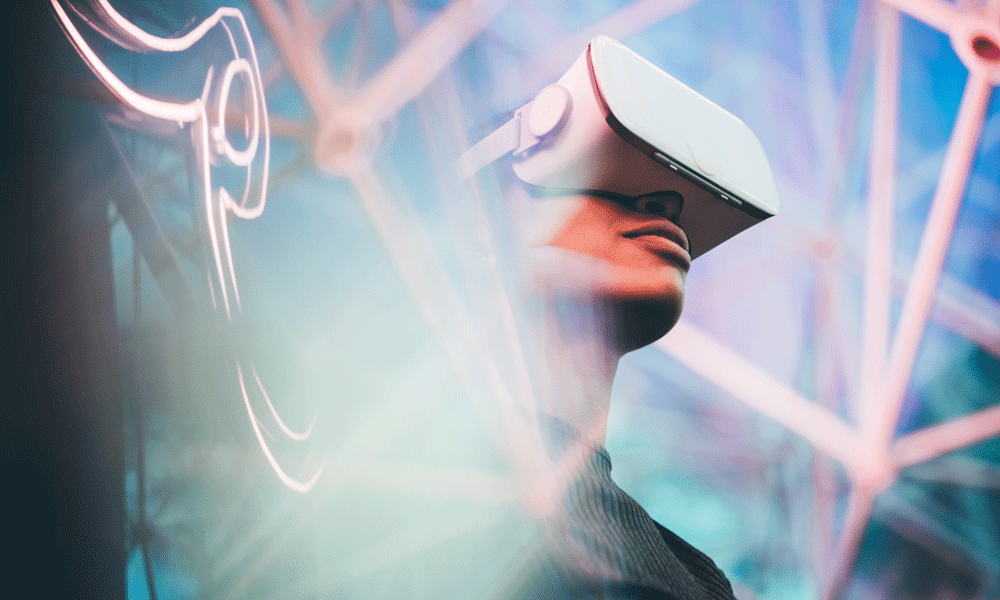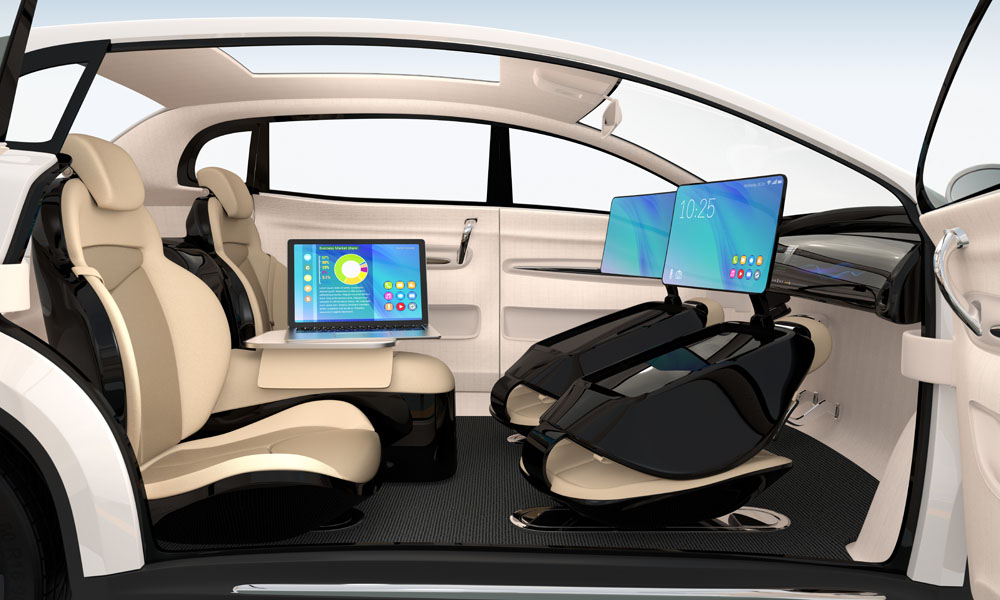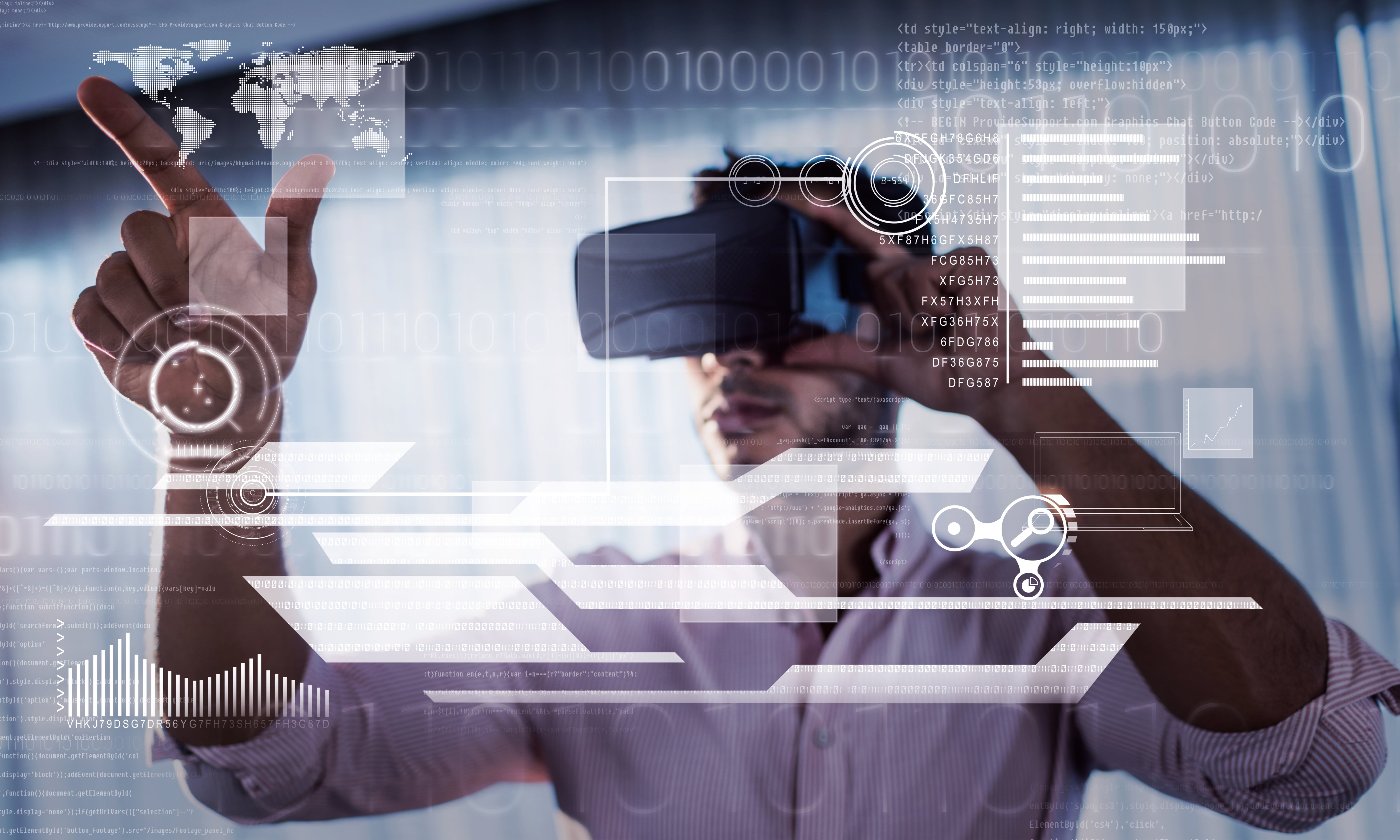Will Apple’s ‘Reality Pro’ Really Have Digital ‘Googly-Eyes’ on the Front?
 Credit: khoamartin / Shutterstock
Credit: khoamartin / Shutterstock
Toggle Dark Mode
As Apple’s vaunted “Reality Pro” headset gets closer to, well, reality, some unusual new reports are beginning to appear about both the design and strategy behind it.
The consensus in the rumor mill seems to be that Apple will finally show off its mixed-reality AR/VR headset in June during the keynote of its Worldwide Developers Conference (WWDC). However, most sources also agree that it’s nowhere near ready to go on sale. Like the Apple Watch, HomePod, and Mac Pro, what we’ll see at WWDC will be a teaser to demonstrate the product and get developers on board, with the actual headsets not going on sale until later this year — at the earliest.
Now, a new in-depth report by Bloomberg’s Mark Gurman sheds some new light on why we’ve been hearing about Apple’s AR/VR headset for so long without any material results while adding some other twists that seem a bit “out there.”
According to Gurman, Apple at one point genuinely believed it would have the device ready to go on sale by 2020 — which could explain why so many predictions near the end of last decade turned out to be wrong; they were based on the best information that sources had at the time, and at least some folks within Apple were being overly optimistic.
The report also reiterates some of what we heard back then, including disagreements between the headset’s project lead, Mike Rockwell, and then-Chief Design Officer Jony Ive regarding what form the headset should take. Rockwell was willing to sell the headset with an external Mac mini-sized hub to contain all the powerful components needed to deliver a true AR/VR experience.
However, the design-focused Jony Ive would reportedly have none of that and effectively vetoed the idea, forcing Rockwell and his team to go back to the drawing board and attempt to pack everything directly into the headset.
In retrospect, it’s probably easy to see how that would have set Apple’s engineers back quite a bit. It’s something that likely wasn’t even possible until Apple’s M-series chips came along, offering not only unprecedented performance but also the ability to run far cooler than Intel’s chips — a consideration that would be crucially important in something you wear on your head.
Virtual Googly-Eyes?
According to Gurman’s latest report, Ive remained involved in the headset project “until about a year ago,” despite leaving Apple in 2019 to form his own design company.
Ive’s obsessive focus on the details of design has been one of Apple’s greatest strengths and weaknesses. It’s brought us some amazing products, but it’s also led to some costly missteps in cases where form was emphasized too much over function.
Still, it’s that kind of vision that creates revolutionary products, and Apple has largely succeeded more than it’s failed in that area. Even the Apple Car could ultimately become something totally new and innovative — thanks in part to Ive’s vision of doing things differently.
However, Gurman’s report suggests that a rather odd idea that we heard about a few years ago may actually be part of Apple’s first-generation “Reality Pro,” reportedly influenced by Ive’s desire to keep the headset from isolating people.
In an attempt to keep headset wearers engaged with the real world, the device will have an outward-facing display showing their eye movements and facial expressions. Apple regards this feature as a key differentiator from enclosed VR headsets. One person familiar with the device says the exterior screens allow people to interact with a headset wearer without feeling as if they’re talking to a robot.
Mark Gurman
The first report of this came from The Information last spring, which described an “outward-facing screen” that could “display video images of the eyes and facial expressions of the person wearing the headset to other people in the room.” This was said to be the feature that “ultimately sold the industrial designers” on the idea.
Many dismissed this as an odd sort of throwaway idea at the time. The thinking went that if this was true at all, perhaps the engineers had suggested it merely as a compromise to convince Ive and his colleagues to green-light the project and then gradually phased it out.
However, Gurman’s latest report suggests that this will indeed be a feature of the final “Reality Pro” that debuts in a few weeks. In all fairness, if Apple does include such a feature, they’ll surely find a discreet and perhaps even classy way to go about it. After all, if the objective is to prevent people from feeling like they’re “talking to a robot” when interacting with someone wearing the headset, simulated “googly-eyes” aren’t going to do much to reassure them that there’s a human behind the lenses.
Nevertheless, treating this with a healthy dose of skepticism seems fair. In January, Daring Fireball’s John Gruber called this out as an internal joke that had been passed on to The Information’s Wayne Ma as if it were real.
My understanding is that there is no front-facing screen, but that Apple’s team had long joked about such an idea, and perhaps someone who heard the joking mistook the idea as real and passed it along to Ma.
John Gruber
At that time, Gurman had not yet corroborated The Information’s reporting. Still, shortly after that, he added his weight to the notion in January, saying it would “have a curved screen on the front that can outwardly show a wearer’s eyes.”
Nevertheless, Gruber remains skeptical, and for good reason. Short of using cameras to capture and project an image of the person’s real eyes and facial area to give the appearance of transparency, it would look robotic and “goofy” rather than “humane.” More significantly, it seems like an unnecessary and costly component — both in terms of money and battery consumption — for a device that’s already expected to sell for $3,000 and draw so much power that it will need an external battery pack.
Then again, never underestimate Apple’s desire to “Think Different.” Maybe a front-facing display that renders the wearer’s natural face as if it were a pair of glasses is one of the reasons the upcoming “Reality Pro” will be priced like a Mac Pro rather than an iMac.
[The information provided in this article has NOT been confirmed by Apple and may be speculation. Provided details may not be factual. Take all rumors, tech or otherwise, with a grain of salt.]









